Recently, we have analyzed a very malicious program which is known as Uncrypte Ransomware . This is to a ransomwareartige computer malware that has the purpose to encrypt your files and to require money for the decryption key. The purpose of this program is that you pull money out of your pocket, but we must warn you that you may not be get the decryption program after payment. You should remove this malicious program as soon as possible; to do this we have prepared below a description of this malware and removal instructions, to which you can refer.
If infected your computer with the Uncrypte Ransomware, this enters immediately into action. Our investigation has revealed that this malware capable of is to encrypt many file formats, including, but not limited to, .jpeg, .mkv, .doc, docx, .png, .ppt, .txt, .rtf, .flac and. xls. In general this Ransomware attack all file formats, but it is worth noting that it encrypts all file formats that contain personal and valuable information, for you are forced them to pay the ransom. She probably encrypts it using AES or RSA encryption algorithm and sends the encryption key to the command and control servers.
The encryption of your files these Ransomware may your files with the file extension unCrypte@INDIA.COM _ and an additional random hash ID back attach. When the encryption process is completed, the Uncrypte Ransomware puts a text file named Readme.txt. This file is so to speak the ransom demand and indicating that your files were encrypted and that if you want to have it back, you must send an E-Mail message to the developers at unCrypte@INDIA.COM. The communication also States that you can send three arbitrary files that are no larger than 10 MB, and that the developers of this Ransomware again will return them in decrypted form, as proof that they can actually decrypt your files. This communication provides also links to where you can buy Bitcoins, because that is the currency in which you should preferably pay the ransom. We discourage you from to respond to the demands, because the developer might not be comply with your end of the bargain.
Let’s look at us now, as this Ransomware is widespread. Our study has shown that the Uncrypte Ransomware of malicious spam emails sent from a mail server, which has been established by the developers of these Ransomware is spread. The area in which it is distributed, includes North America and Western Europe, could include other areas. We have found that the E-Mails contain an attached file is a simple file archive containing the main executable file or a Trojan which secretly downloads these Ransomware, when you start it. If you therefore cannot find the Uncrypte Ransomware file in your downloads folder, you should get an anti-malware program, tracking them for you.
As you can see, the Uncrypte Ransomware is a bad program. If you have no anti-malware program that can help protect your PC, it could infect your PC and encrypt your files. If that is the case, you should remove this program as soon as possible. We recommend that you use SpyHunter to find this malicious application, and then manually delete; However, you must restart your PC in safe mode with networking, and install it. For more information please refer to the instructions below.
Start your PC in safe mode with networking
Windows XP
Windows 7 and Vista
Windows 8 and 8.1
Windows 10
Manual removal
Warning, multiple anti-virus scanners have detected possible malware in Uncrypte Ransomware.
| Anti-Virus Software | Version | Detection |
|---|---|---|
| VIPRE Antivirus | 22224 | MalSign.Generic |
| NANO AntiVirus | 0.26.0.55366 | Trojan.Win32.Searcher.bpjlwd |
| Tencent | 1.0.0.1 | Win32.Trojan.Bprotector.Wlfh |
| ESET-NOD32 | 8894 | Win32/Wajam.A |
| Baidu-International | 3.5.1.41473 | Trojan.Win32.Agent.peo |
| Kingsoft AntiVirus | 2013.4.9.267 | Win32.Troj.Generic.a.(kcloud) |
| VIPRE Antivirus | 22702 | Wajam (fs) |
| Malwarebytes | 1.75.0.1 | PUP.Optional.Wajam.A |
| McAfee | 5.600.0.1067 | Win32.Application.OptimizerPro.E |
| K7 AntiVirus | 9.179.12403 | Unwanted-Program ( 00454f261 ) |
Uncrypte Ransomware Behavior
- Changes user's homepage
- Distributes itself through pay-per-install or is bundled with third-party software.
- Integrates into the web browser via the Uncrypte Ransomware browser extension
- Steals or uses your Confidential Data
- Common Uncrypte Ransomware behavior and some other text emplaining som info related to behavior
- Uncrypte Ransomware Shows commercial adverts
Uncrypte Ransomware effected Windows OS versions
- Windows 10
- Windows 8
- Windows 7
- Windows Vista
- Windows XP
Uncrypte Ransomware Geography
Eliminate Uncrypte Ransomware from Windows
Delete Uncrypte Ransomware from Windows XP:
- Click on Start to open the menu.
- Select Control Panel and go to Add or Remove Programs.
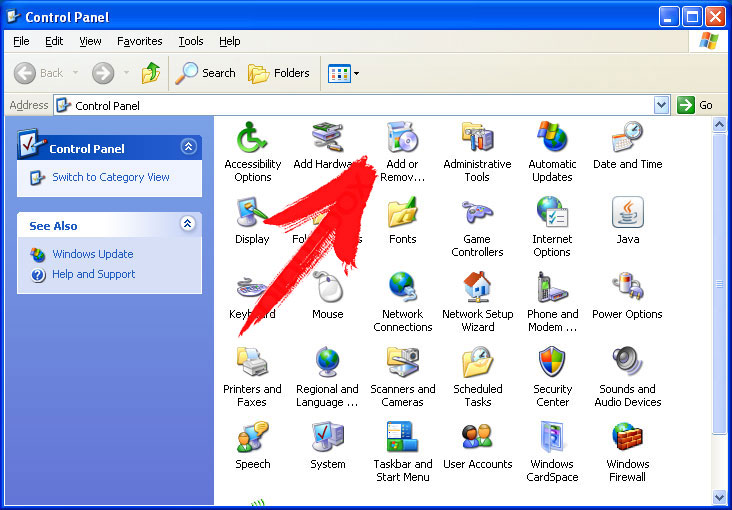
- Choose and remove the unwanted program.
Remove Uncrypte Ransomware from your Windows 7 and Vista:
- Open Start menu and select Control Panel.
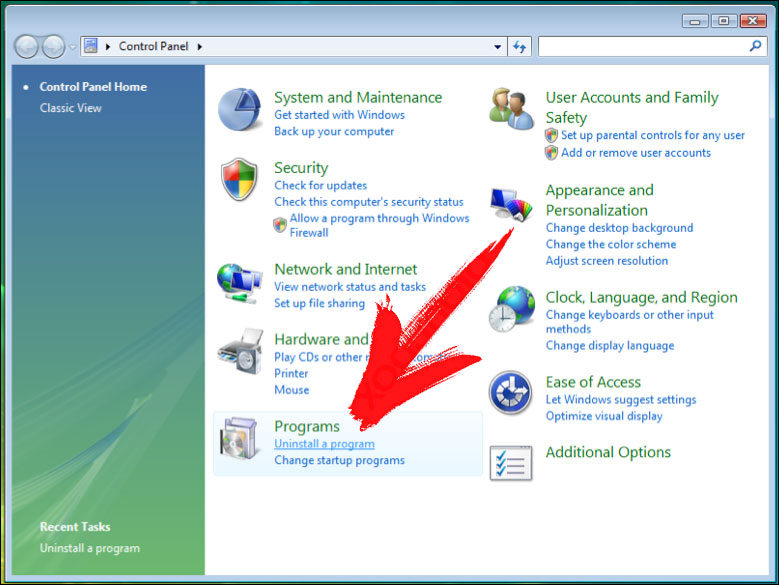
- Move to Uninstall a program
- Right-click on the unwanted app and pick Uninstall.
Erase Uncrypte Ransomware from Windows 8 and 8.1:
- Right-click on the lower-left corner and select Control Panel.
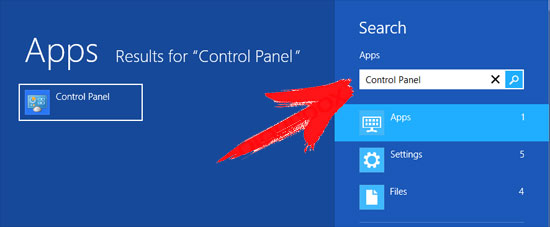
- Choose Uninstall a program and right-click on the unwanted app.
- Click Uninstall .
Delete Uncrypte Ransomware from Your Browsers
Uncrypte Ransomware Removal from Internet Explorer
- Click on the Gear icon and select Internet Options.
- Go to Advanced tab and click Reset.
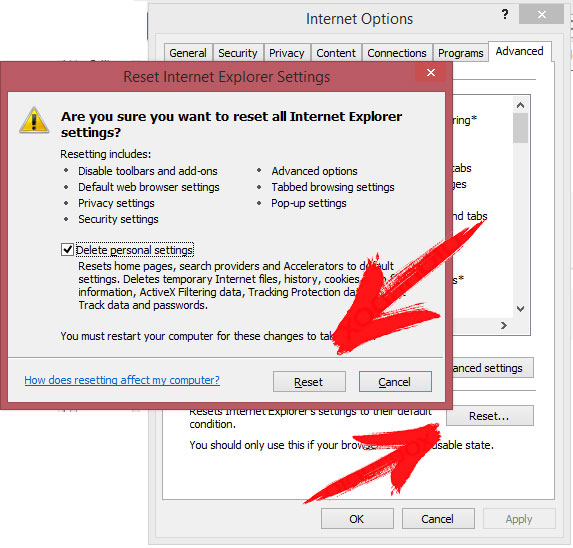
- Check Delete personal settings and click Reset again.
- Click Close and select OK.
- Go back to the Gear icon, pick Manage add-ons → Toolbars and Extensions, and delete unwanted extensions.
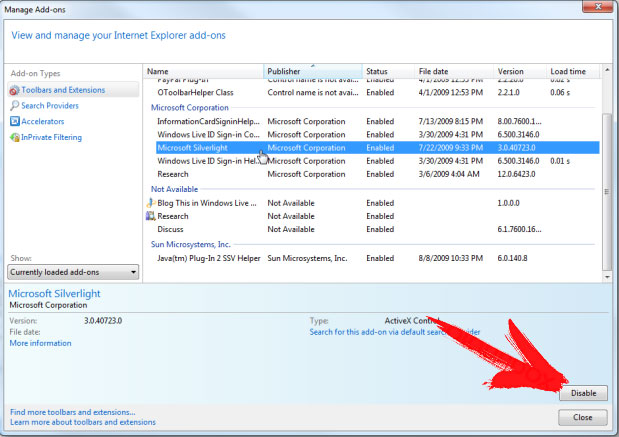
- Go to Search Providers and choose a new default search engine
Erase Uncrypte Ransomware from Mozilla Firefox
- Enter „about:addons“ into the URL field.
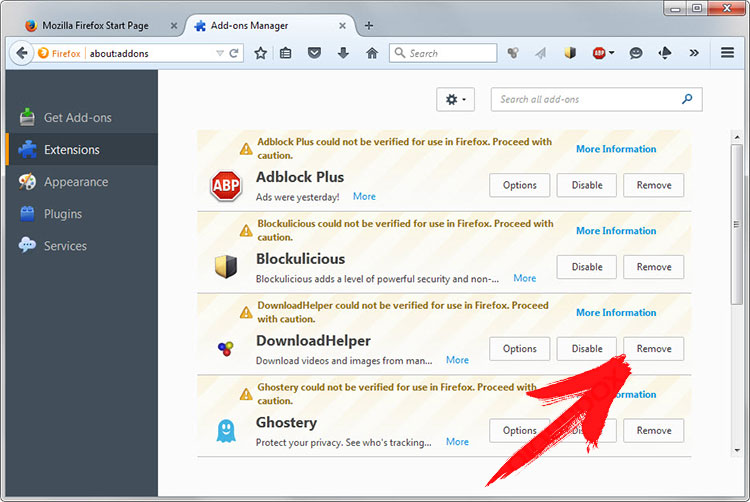
- Go to Extensions and delete suspicious browser extensions
- Click on the menu, click the question mark and open Firefox Help. Click on the Refresh Firefox button and select Refresh Firefox to confirm.
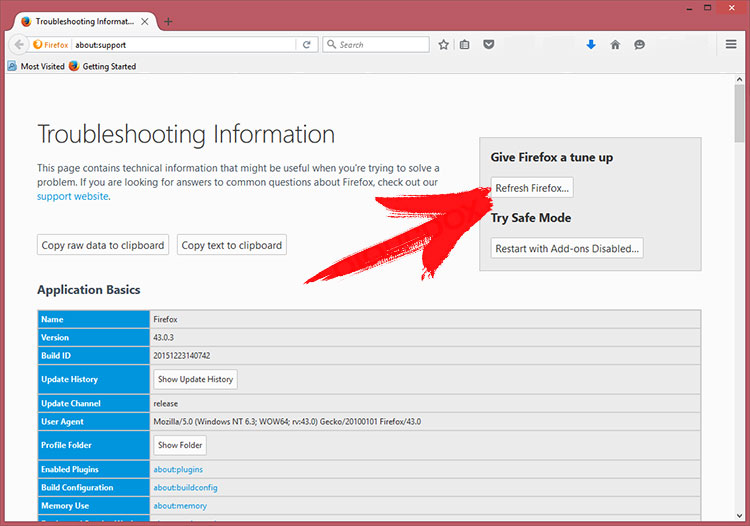
Terminate Uncrypte Ransomware from Chrome
- Type in „chrome://extensions“ into the URL field and tap Enter.
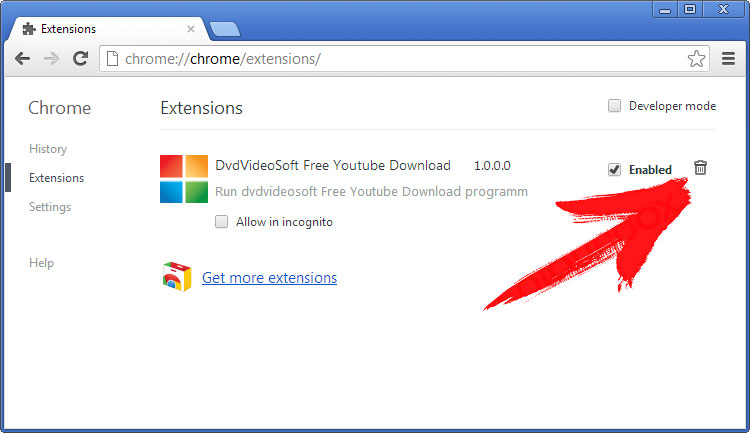
- Terminate unreliable browser extensions
- Restart Google Chrome.
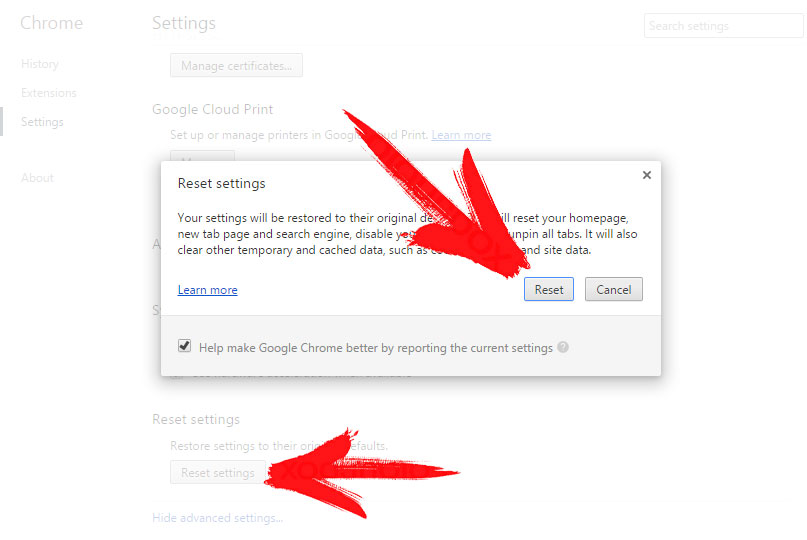
- Open Chrome menu, click Settings → Show advanced settings, select Reset browser settings, and click Reset (optional).